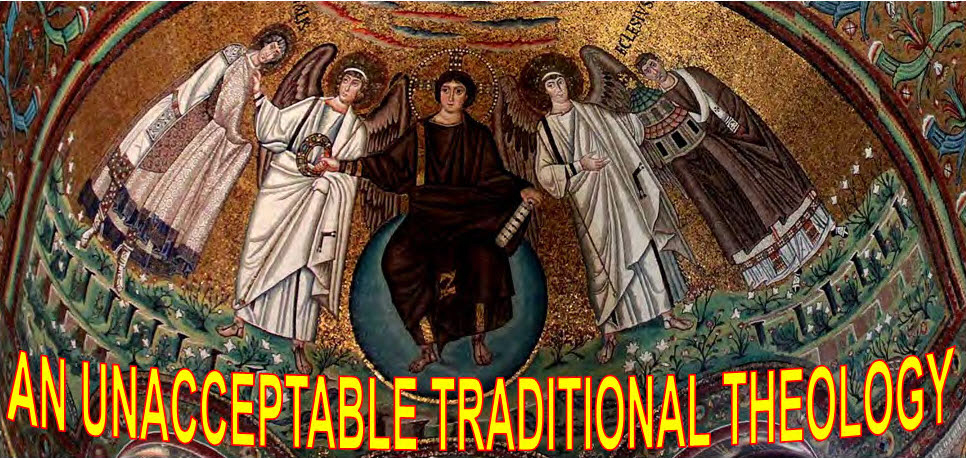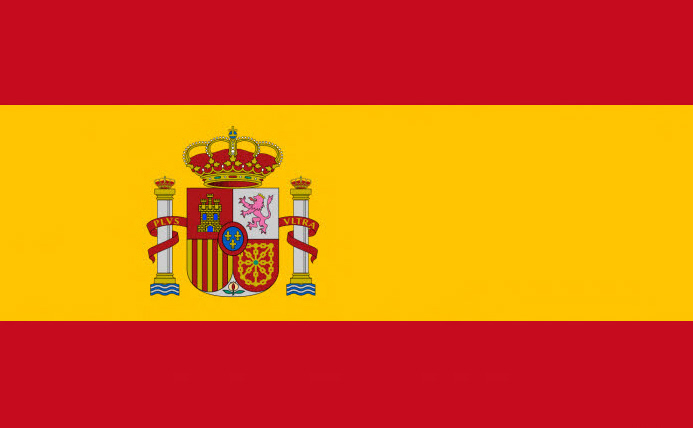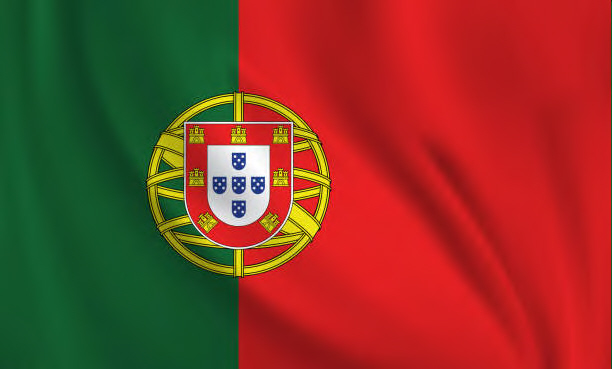








 | 







|
Even today, it is still taught that Jesus came into the world to save us, to redeem humanity from its sins, starting with the so-called “original sin” with which, according to that doctrine—markedly Manichean in inspiration—we are supposedly born already tainted. In this view, Jesus would have had to pay for that redemption with his death. It is not surprising, then, that many people, upon realizing the senselessness or harshness of this idea, end up distancing themselves from a Church that promotes such a teaching.
However, when we approach the Gospel directly, we discover a different message. Jesus constantly addressed and referred to God as “Father,” a figure that evokes love, closeness, and compassion. And a true father does not condemn his children to eternal punishment, nor does he demand bloody sacrifices as a condition for granting forgiveness. The mission that Jesus assumes—and to which he invites his followers—is not to found an expiatory cult, but to radically transform this world. His proclamation of the Kingdom of God is not directed toward a spiritualized afterlife, but toward a present reality: “Your Kingdom come”, “Your will be done on Earth as it is in Heaven”.
Taking up the cross and following him does not mean resigning oneself to suffering or offering it as payment for sins, but rather actively committing to that transformative and liberating mission. Jesus came to save humanity from itself—from the harm we inflict upon one another—and to teach us a new way of relating based on love, brotherhood, and mutual forgiveness: “forgive us our trespasses as we forgive those who trespass against us”.
In that sense, the Sermon on the Mount is the ethical core of his proposal: a way of life that rejects all forms of violence, domination, exclusion, or elitism. Its fulfillment would mean the overcoming of all wars, injustices, and conflicts that divide humanity.
Now, the theology that was developed over the centuries, in very different cultural and political contexts, is not innocent. From it, a religious model was erected that centered on worship, rites, and clerical mediation. This structure gave rise to a specific type of believer: people concerned above all with their “personal sanctification”, with fulfilling religious precepts, attending Mass and processions frequently, confessing, receiving Communion, praying, fasting, and in some cases, seeking the guidance of a spiritual director. However, this kind of religiosity—so focused on the individual and the ritual—often lives with its back turned to human reality. At best, it may include occasional almsgiving or participation in charitable works —like those organized by CARITAS— but rarely does it question or confront the social structures that generate poverty, marginalization, or inequality.
Jesus did not come to establish that kind of empty religiosity. That form of spiritual pursuit would have been very convenient for the young man mentioned in the Gospel, who did not dare to follow Jesus because of what it implied regarding wealth. Truly following the Master requires a radical commitment to confront and reject the values that uphold this market- and property-based society. The sacraments of baptism and the Eucharist, instituted by Jesus, carry a clear intention of denouncing and opposing the inequality inherent in the dominant classist system. However, this transformative dimension of Jesus’ call is being ignored under the ritualization imposed by clerical liturgy.
Such a model of cultic religiosity also requires specialized personnel to administer it: a clerical hierarchy in charge of organizing and presiding over celebrations, consecrating, forgiving, preaching, and granting the sacraments. This priestly class enjoys a superior status within the community, assumes prominent roles in liturgical acts, and finds in the ecclesial structure a path for promotion and advancement. It is significant that many of their privileges revolve around the maintenance of temples, shrines, and rites.
This is not what Jesus intended to establish. In his time, a religious system led by a priestly caste already existed, and his relationship with it was critical—if not outright confrontational. He called those religious leaders “blind guides leading the blind”. Jesus did not seek to perpetuate that scheme, but to overcome it. The followers of Jesus, according to the spirit of the Gospel, feel called to radically change the world. They find it unacceptable that inequalities and oppressions continue to divide men and women, the rich and the poor, entire peoples. Their community organization does not revolve around worship or liturgy, but around transformative and liberating action.
That is why the gathering of the community of Jesus' followers should not be ritualistic, but experiential and participatory. The reading of the Gospel and the celebration of the Eucharist must be rescued from the formal liturgical framework in which they have been encapsulated, in order to recover their original meaning: to awaken people’s awareness of the liberating mission that Jesus entrusts to them.
We do not need to mourn the decline of certain alienating forms of religiosity. What should inspire us is the hope of moving toward a way of following Jesus that is more faithful to his message: a living faith, committed to justice, love, and the dignity of all human beings.
